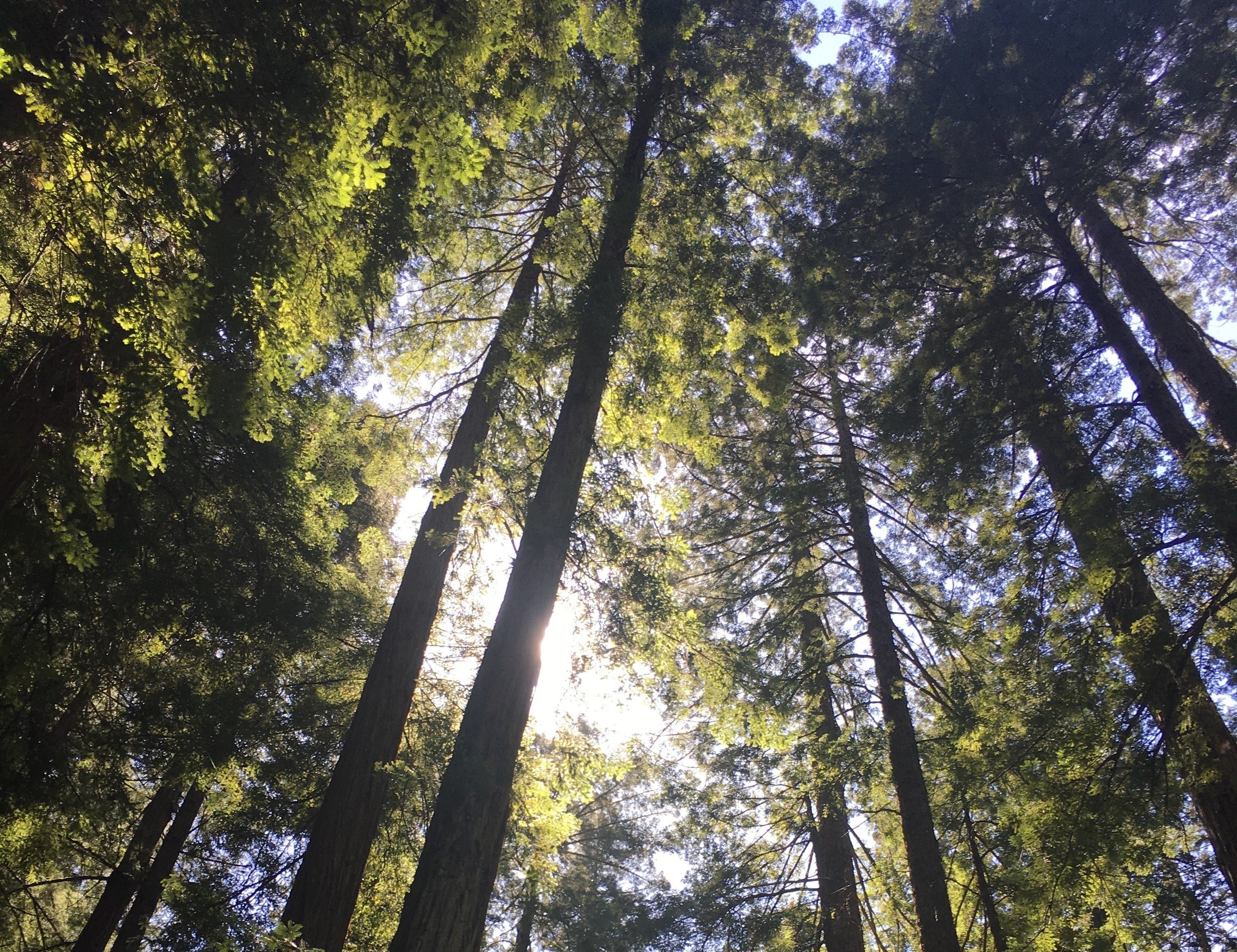The Woods Institute for the Environment hosted a “virtual celebration” on Monday to acknowledge the progress Stanford and the world have made in the 50 years since the first Earth Day in 1970. The event, which was streamed online, featured a panel discussion with alumni and interviews with people who participated in the first Earth Day celebrations on Stanford’s campus.
Panelists expressed optimism about recovery after the pandemic in a discussion hosted by Chris Field Ph.D. ’81, director of the Woods Institute for the Environment. Molly Morse M.S. ’04 Ph.D. ’09, CEO of Mango Materials, a company that produces plastics from methane, said she sees the economic recovery from the pandemic as an opportunity to scale her business through new funding opportunities.
“I do believe science is going to get us out of this pandemic at some point,” she said. “But things like plastics in the ocean and climate change, these are very long term problems and unfortunately are not going to go away.”
Ken Alston M.S. ’12, a director at New Energy Nexus, a nonprofit that supports international clean energy entrepreneurs, agrees that government funding of sustainable companies is going to be important in economic recovery.
“Those types of signals from the government can be a great signal in turn to investors and people that are raising funds that a new opportunity is going to emerge,” he said. “Any sort of policy debate that helps to elevate climate and the role of clean energy in our economy, I think is, you know, if it’s done thoughtfully is a very positive thing.”
Terra Weeks M.S. ’17, senior advisor to the chair of the California Energy Commission, highlighted the need for long-term thinking about the economic recovery from the pandemic.
“We need to be forward looking right now, not just thinking about the next six months, but be looking out 50 years,” she said.
Weeks also expressed a desire for the federal government to “just be smart about the money that we’re putting back into our economy.”
In a pre-recorded interview with Field, Denis Hayes ’69 J.D. ’85, one of the founding organizers of Earth Day, reminisced on the beginning of the movement.
“In an era where there were no cell phones, there was no internet, no computers, no social media, we managed to penetrate basically every large city, every town, every village, almost every crossroads in the United States,” Hayes said. “It was larger than any other event that had taken place.”
He compared his organizing efforts as an undergraduate at Stanford to current organizing around student climate strikes. According to Hayes, although today’s student organizers are “not always usually sophisticated, and their policy answers are pretty vague,” they have a “passionate commitment” that can gather attention.
“Unfortunately [the attention comes from] people who are not old enough to vote and those who are old enough to look tend to have poor turnout rates,” he said. “But it’s got the roots of something that I think can be very important in putting together.”
Civil engineering professor emeritus Perry McCarty was a professor at Stanford during the first Earth Day in 1970. In an interview with Olivia Ames ’21, he highlighted the progress made in several important environmental issues prominent in past decades, including smog, traces of chemicals in drinking water and pesticide usage.
“So many of the problems we’re still talking about or have talked about have been corrected or worked on,” he said. “We have clean water, clean streams much more so than we had back then, which is a terrific, terrific advantage.”
The University will be hosting more events this week to commemorate Earth Week, with each event centered around the theme of “Sustainability and Resiliency.” The next event is a virtual learning summit focused on climate resiliency, which will be held on Tuesday.
Contact Michael Espinosa at mesp2021 ‘at’ stanford.edu.
